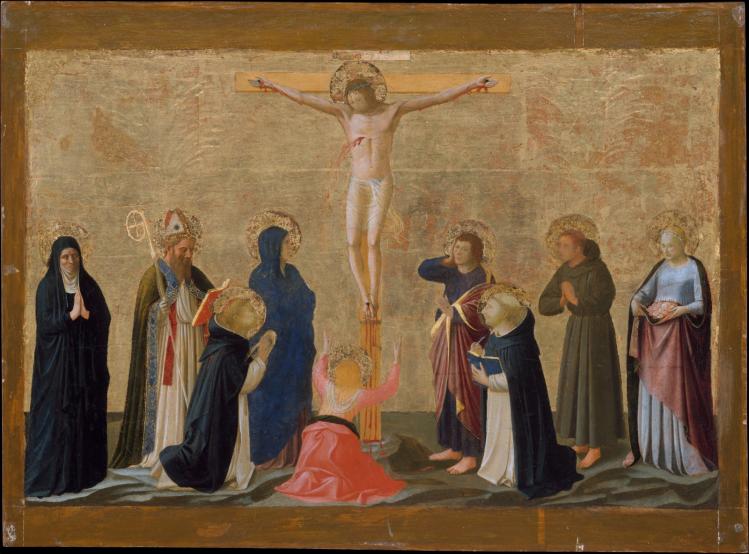
How do we “live from the liturgy”? This question is at the heart of a book about mystagogy, The Spiritual Meaning of the Liturgy: School of Prayer, Source of Life, by the Italian monk and liturgical theologian Goffredo Boselli (Liturgical Press, English translation 2014). I think this question is even more urgent and timely today, as Mass attendance continues to decline and old structures of belonging that used to undergird liturgical participation are either crumbling or no longer there. If Catholics do not develop effective ways to derive spiritual nourishment from the liturgy itself, it’s not clear what else will keep them coming.
The reason to live from the liturgy is that Christ is present in the gathering of his people and in the breaking of the bread. Christ himself is the mystery to which the liturgy gives access, and it is his presence in the liturgy that nourishes and gives life. Yet drawing on the mystery of Christ in the liturgy to nourish one’s own life of faith is not always a self-evident or easy thing to do. Many people don’t know how to do it, and therefore go away feeling they derived little from the celebration.
After the Second Vatican Council there was a great flourishing of interest in gaining spiritual nourishment from the Word of God. Various forms of spiritual reading of the scriptures enabled the faithful—priests, laity, and religious alike—to find inspiration and strength for Christian living. Lectio divina, for example, has served as a tool for praying with the sacred text and listening to the Word at ever deepening levels. But a similar development with respect to liturgy simply has not happened. The reason for this, Boselli argues, is that we have not put into people’s hands the premier tool we have for fostering spiritual engagement with the liturgy. That tool is mystagogy.
What is mystagogy? Many people assume, wrongly, that mystagogy consists of “explaining” the signs and symbols of the liturgy. The church fathers of the fourth and fifth centuries—bishops such as Chrysostom, Theodore, Ambrose, and Augustine—preached mystagogical homilies after the rites of initiation and are often said to have thereby “explained” them. The methodology those ancient preachers used, however, is more subtle and complex than this description suggests. We don’t really understand it if we think of it as an ordinary explanation, i.e. one that clears up confusion and dispels mystery.
Indeed, rather than dispelling mystery, mystagogical preaching served as a means to enter the mystery more deeply. It was an aural art form that interwove the liturgical signs, the world of nature, and the moral and ethical demands of Christian living. It evoked more than it explained. Its chief characteristic, as the Augustine scholar William Harmless once described it, was abundance. Allusions and images in such preaching piled up and overlay one another, setting off resonances; it was more akin to poetry than to didactic instruction.
Mystagogy nowadays is something simpler and more accessible. It is a practice that anyone can employ and is not limited to people with special skills or those charged with the ministry of preaching. Boselli describes mystagogy in parallel to lectio divina, that method of scripture reading in which one quietly listens to what the scripture is saying, and allows its words and phrases to echo in the heart, shaping one’s soul and life. You don’t need an advanced degree in order to do it.
I know this kind of mystagogy well from having used it in Christian initiation. Two basic questions are the hardy perennials that catechists use to guide their charges into prayerful reflection: What did you notice in the liturgy today? And what did this say to you (about God, Christ, the church, etc.)? Mystagogy encourages us to become more present to our own experience in the liturgy, and to discover its religious meaning on a personal level. What is the liturgy saying to us? What does it ask of us?
Left to our own devices, we might focus only on the occasional things that jar, annoy, or surprise us. But the beauty of mystagogy as an ongoing spiritual practice is that you begin to notice more of what’s around you. There are traces of the holy in simple, ordinary things: light shining through a stained glass window, a hand clasp at the sign of peace, a word spoken, the taste of bread and wine. Our experience grows richer as we pay attention to it, and open our hearts to receive what it has to tell us.

